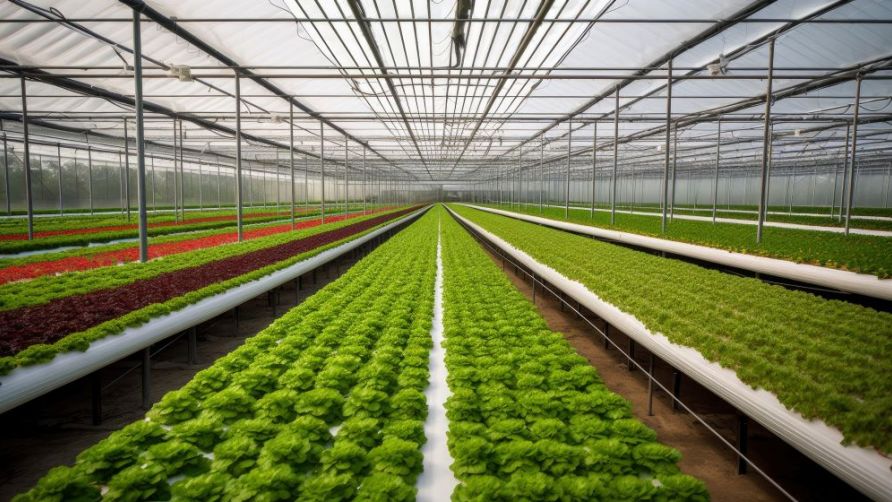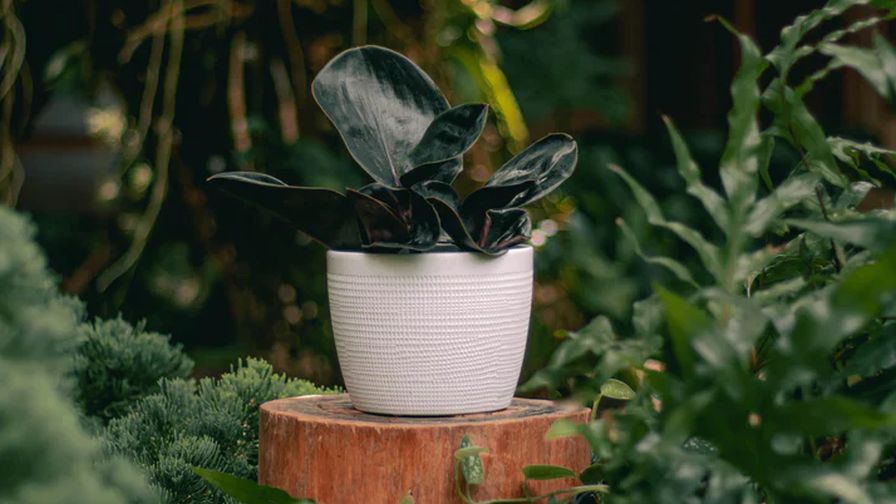Surviving the Shakeout: How Indoor Ag Is Still Primed for Growth
 The indoor agriculture industry is currently experiencing a turbulent period characterized by numerous bankruptcies, layoffs, and farm closures. It’s clear a complex web of factors are influencing its ups and downs, yet the future outlook still holds hope for the industry. In this article, we dive deeper into the reasons behind these closures, examine the enduring appeal of indoor ag, and paint a picture of what the industry may look like in 2030.
The indoor agriculture industry is currently experiencing a turbulent period characterized by numerous bankruptcies, layoffs, and farm closures. It’s clear a complex web of factors are influencing its ups and downs, yet the future outlook still holds hope for the industry. In this article, we dive deeper into the reasons behind these closures, examine the enduring appeal of indoor ag, and paint a picture of what the industry may look like in 2030.
Why Closures Are Shaking the Industry
Poor farm economics are the most cited reason for farm closures. As elsewhere in farming, some vertical farms struggled to find sufficient labor to operate at capacity. Many vertical farms target the high end of the leafy green and herb market. The segment is hyper-competitive in some geographies, and was, as ever, price competitive. Indoor farming is capital intensive, and some firms were juggling several capital-intensive farm builds simultaneously. Too many vertical farms felt compelled to develop their own technology, rather than focusing on farming. That said, farming always comes with economic challenges, and these are not unique to vertical farms. As the USDA notes: “many farm households primarily rely on off-farm income.”
Some commentators have concluded that recent farm failures mean that indoor farms are not scalable, but that conclusion is premature in our view. There are few large-scale farms, and they haven’t been around that long.
While there are challenges associated with scaling indoor operations like high capital investment, operational costs increase while scaling, maintaining crop consistency/quality while scaling, and supply chain management, ongoing research and innovation teams within the industry are actively exploring ways to overcome these limitations and enable scalable production.
Unlike conventional farming, which receives subsidies and support from USDA, greenhouse growers and vertical farms lack financial protection in the event of crop loss. This puts them at a higher risk, as there is no safety net to compensate for losses. The absence of such support underscores the need for greater recognition and assistance from government entities to ensure the resilience and sustainability of indoor agriculture.
The presence of venture capital (VC) in the indoor agriculture industry has also had a significant impact on the trajectory of many companies. While VC investment initially fueled innovation and growth, it also led to rent-seeking behavior, where companies focused more on securing subsequent funding rounds and developing technologies to please investors rather than making tangible progress in farming practices. It’s hard and complex to site and build new farms, and some VCs had unrealistic expectations as to the speed at which vertical farms could be expanded. When VC funding subsequently declined or pulled out of the market, larger firms heavily reliant on such investments were left vulnerable.
Why Farms Are Still Opening
Despite the currents of the industry, farms are still opening. Our team at Equipped, a pre-owned indoor farm equipment marketplace, has never been busier.
- Strong Demand for Local Food: Demand for locally sourced food remains robust. Consumers are increasingly conscious of the environmental impact of food production and imported goods and are eager to support sustainable practices. This sustained demand offers hope for both existing and emerging indoor farms.
- Diversified Income Sources: Small-scale farming has become an appealing option for individuals seeking supplementary income alongside other occupations. By embracing a multi-income approach, farmers can mitigate risks and create a more stable foundation for their agricultural endeavors.
- Startup Costs Decreasing: Unlike the high-tech, capital-intensive image often associated with indoor farming, the availability of pre-owned, affordable equipment, and a minimal-tech approach are reducing startup costs and becoming more readily available paths of entry. This aligns more closely with the traditional model of opening a farm, making it accessible to a broader range of individuals. The entry cost reductions will make indoor farming more accessible to a broader range of farmers, entrepreneurs, and communities encouraging adoption in regions with extreme climates or remote locations.
- Drive of Gen Z: As the torchbearers of the future, Generation Z brings a fresh perspective to the future of the industry. Driven by a desire for meaningful work and a rejection of conventional cubicle life, this generation shows a booming interest in sustainable and innovative industries like Indoor AG. Gen Z is 77% more likely to click on a job opening that mentions “flexibility” than one that doesn’t, according to Axios. This paradigm shift introduces a continuous stream of new, passionate entrants to the industry and these entrants can also learn a lot from the previous shortcomings of failed entrants now that the industry has aged.
The Indoor Ag Climate of 2030?
In 2030, the indoor ag industry could still be poised to experience significant growth and innovation, driven by the remaining increase in demand for sustainable food production, limited arable land availability, and advancements in technology. The challenges faced by the indoor agriculture industry today bear resemblance to the transformation experienced by the solar energy sector. Solar energy overcame setbacks to emerge stronger and more resilient. Similarly, indoor agriculture holds the potential to do the same.
We also anticipate a surge in small-scale indoor farms in the future. These local operations will continue to meet the demand for fresh produce within their communities, with some forming partnerships with major retailers like Walmart, as they increasingly prioritize local sourcing policies. In contrast, large corporate indoor farms have faced the most struggles in the current climate. We expect to see further bankruptcies and acquisitions as the industry matures. Over time, some companies may shift their focus to specialty crops like saffron or vanilla, much as we saw Village Farms diversify from tomatoes into cannabis.
- Specialty herbs such as lemon balm, stevia, and lemongrass are finding their place in indoor farms, providing unique flavors and medicinal properties for a range of applications.
- Exotic fruits and vegetables like dragon fruit, passion fruit, and dwarf varieties of oranges and lemons can be successfully grown in controlled environments. Unique vegetables such as baby eggplants, bell peppers, and specialty tomatoes are also gaining attention as suitable candidates for indoor cultivation.
Recent research has been promising for cultivating high-value food crops in greenhouses and vertical farms, suggesting new opportunities for profitability and innovation over coming years. Genetic engineering and breeding techniques will continue to evolve, leading to the development of crop varieties for all sized farms that are specifically tailored for indoor growing conditions. These varieties will exhibit characteristics such as faster growth, higher yields, improved flavor, and increased resistance to pests and diseases. Customized crops designed for indoor environments will also emerge, meeting the demand for unique flavors and niche markets.
Lastly, collaboration will also be a cornerstone of this industry’s growth, as stakeholders, researchers, and entrepreneurs come together to share knowledge, exchange best practices, and tackle shared challenges. This collective effort will accelerate advancements in crop cultivation techniques, drive breakthroughs in energy-efficient systems, and push the boundaries of what is possible in indoor farming.
As we fast forward to 2030, the future of indoor agriculture still has promise and opportunity. Small farms will thrive, powered by a surging demand for locally sourced food. Innovation will reshape the industry, propelling efficiency, sustainability, and productivity to unprecedented levels. Emerging crops will find their place within indoor farms, diversifying offerings and meeting niche market demands. Our greatest hope for the industry is that collaborative growth will replace back biting and negativity, fostering synergies and propelling the entire industry forward.








